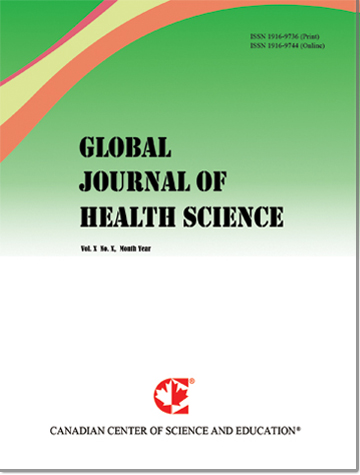Prevalence and Perceptions of Energy Drink Consumption and Risks Among Young Adults Aged 18-30 in Riyadh, Saudi Arabia
- Nawaf Alnuwaysir
- Haifa Alturki
- Joury Dabbour
- Shahad Alonazi
- Rayouf Al-Otaibi
- Reem Alsaeed
Abstract
BACKGROUND: Energy drink (ED) consumption has become a growing public health concern, particularly among young adults. Despite regulatory efforts in Saudi Arabia, limited research has explored the prevalence, perceptions, and factors influencing ED consumption in Riyadh.
OBJECTIVE: This study aimed to assess the prevalence of ED consumption among young adults in Riyadh, examine associated sociodemographic factors, and evaluate awareness of health risks.
METHOD: A cross-sectional study was conducted using a convenience sampling method with an online questionnaire distributed via social media. A total of 1,368 valid responses from participants aged 18–30 years were analyzed. The questionnaire covered sociodemographic characteristics, ED consumption patterns, influencing factors, and awareness of health risks. Descriptive statistics were used to summarize the data, and chi-square tests assessed associations between sociodemographic characteristics and ED consumption.
RESULTS: Among participants, 37% consumed EDs, with the highest prevalence among males (47.63%) and individuals aged 18–22 years (76.09%). Fatigue (38.98%) and academic pressures (33.65%) were the triggers. 80.63% recognized health risks, 61.46% reported insufficient public health education. ED consumption was significantly associated with smoking (p < 0.0001) and higher income levels (p = 0.0464).
RECOMMENDATION: This study recommends targeted health education campaigns for high-risk groups, including students (38.9%) and smokers (17.59%), to reduce energy drink consumption. Public awareness should emphasize ingredient label checking (55.5%) and stricter marketing regulations, as energy drinks are frequently consumed at home (30.34%). Promoting healthier alternatives in schools and workplaces can help mitigate health risks and decrease reliance on energy drinks.
CONCLUSION: Despite widespread awareness of potential health risks, ED consumption remains high among young adults in Riyadh. These findings highlight the need for targeted public health campaigns, stricter regulations, and improved education efforts to mitigate excessive ED consumption.
- Full Text:
 PDF
PDF
- DOI:10.5539/gjhs.v17n2p61
Journal Metrics
- h-index: 88 (The data was calculated based on Google Scholar Citations)
- i10-index: 464
- WJCI (2022): 0.897
- WJCI Impact Factor: 0.306
Index
- Academic Journals Database
- BASE (Bielefeld Academic Search Engine)
- CNKI Scholar
- Copyright Clearance Center
- Elektronische Zeitschriftenbibliothek (EZB)
- Excellence in Research for Australia (ERA)
- Genamics JournalSeek
- GHJournalSearch
- Google Scholar
- Harvard Library
- Index Copernicus
- Jisc Library Hub Discover
- JournalTOCs
- LIVIVO (ZB MED)
- MIAR
- PKP Open Archives Harvester
- Publons
- Qualis/CAPES
- ResearchGate
- ROAD
- SafetyLit
- Scilit
- SHERPA/RoMEO
- Standard Periodical Directory
- Stanford Libraries
- The Keepers Registry
- UCR Library
- UniCat
- UoB Library
- WJCI Report
- WorldCat
- Zeitschriften Daten Bank (ZDB)
Contact
- Erica GreyEditorial Assistant
- gjhs@ccsenet.org
